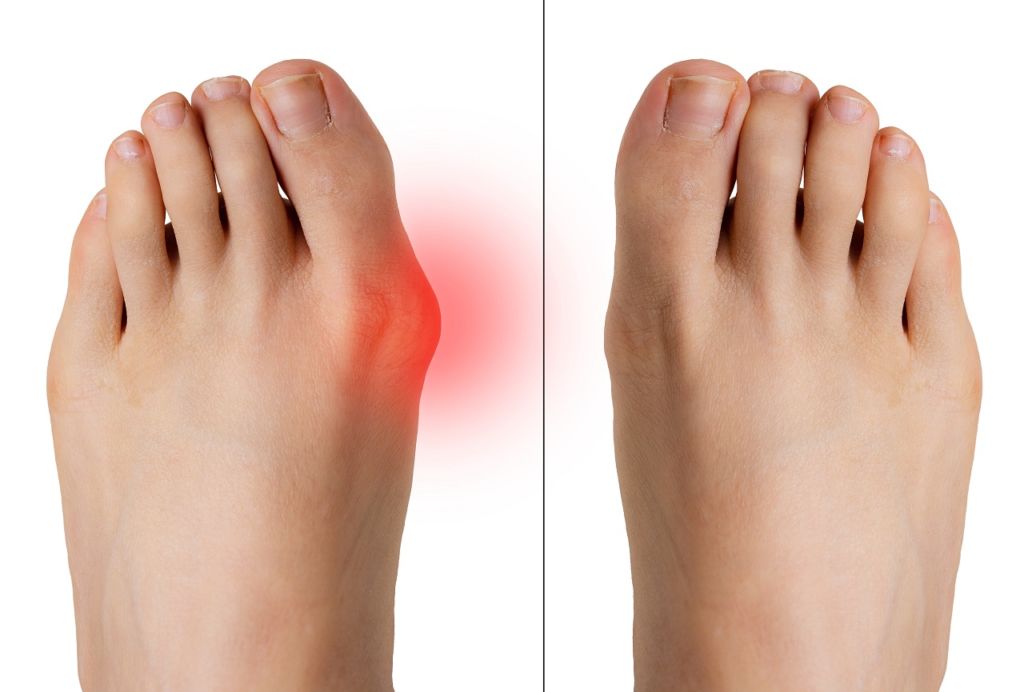
People generally feel minimal discomfort when a bunion is developing. However, with the growing size of this bony growth at the bottom of the big toe, the amount of pain also increases. Sometimes, wearing high heels can aggravate an existing bunion as they limit room for toes to move freely around. This forces the toes to endure pressure and causes the joints below the big toe to shift outward.
If you suspect a suspicious boy growth, you need to see a podiatrist get a proper diagnosis and treatment. Dr. Sima Soltani Podiatry Office in Irvine is devoted to improving the health of the feet of their patients using the recommended treatment and preventive care. Dr. Sima Soltani Podiatry Office in Irvine specializes in operation-free treatment for foot traumas and injuries.
Any previous injury, trauma, or predisposed inherited genes may influence the structure of your foot, causing a bunion. At the same time, wearing proper footwear will help you in increasing comfort, reducing the pain, and allowing ample space for your toes to move before you can look for a foot doctor. However, people don’t know this condition, and things get worse as they ignore it or repeat the same mistake of wearing inappropriate shoes.
Knowing the causes and symptoms can help you in preventing the condition from getting worse before you can seek help from a podiatrist in Irvine Orange County. Read on to find out more about the bunion, its causes, and its symptoms. Before talking about the symptoms and causes, let’s talk about what a bunion is.
What is a bunion?
Bunions are bony bumps. They are painful and usually develop at the joint of the big toe under the feet. It becomes painful to wear shoes or walk as the deformation grows over time. Women are likely to aggravate an existing bunion as sometimes they wear tight and narrow shoes restricting the movement of their toes. You can get relief from bunion pain by wearing comfortable shoes with enough space for the toes.
Causes of bunion
According to Foot and ankle specialist, age plays a significant role in the development of the bunion. However, inherited foot structure also plays a vital role in addition to narrow-toed, tight shoes developing a bunion. On the other hand, older women are prone to develop bunions more quickly and more often.
Symptoms
The symptoms of bunion development include –
- Enlargement or distortion of the toe at the base joint.
- Pointing towards the other toes of the feet.
- Pain or chronic soreness in the bottom joint of the big toes.
- Redden and warm skin over the joint bump.
- Burning sensation while walking and standing.
Now, it’s time to know how to reduce the risk of getting bunion or bunion pain. First of all, you will need shoe padding. It will help you in reducing the friction inside the shoe. Get orthotics inside of your shoes to correct the biomechanical imbalance. At the same time, you should change your shoes to one with roomy toe boxes and low heels.
If you are experiencing swelling and pain because of the bunion, you can take analgesics such as ibuprofen. You also have options like corn or callus removal and steroidal injections for bursitis.
